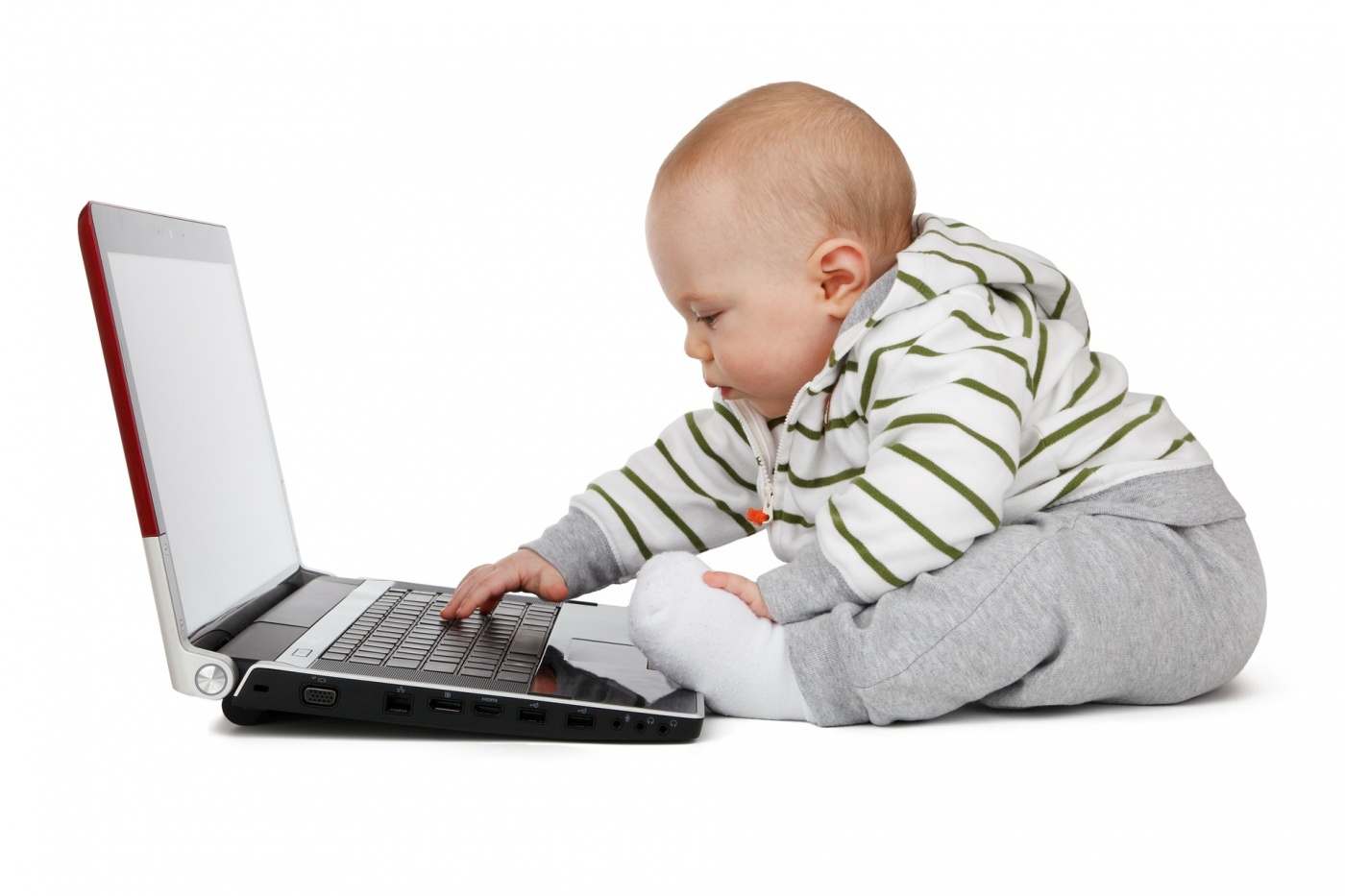
If you are like me, then you've also been thrown into a new challenge of working from home while also caring for young children. Many of us caregivers are now doing triple duty as parent, employee, teacher and more for their families. Juggling so many roles and responsibilities can be overwhelming and stressful.
Here are some ideas on finding a rhythm between working and keeping kids busy and entertained throughout the day:
Your Creative Work Space
Wherever you set up, make sure that you are in a space that allows you to focus on your work, but still be present with your family.
When possible, clear away your work space from a communal area at the end of your work day. This marks a clear end of the day for you and for your children especially.
I started with my set-up in the kitchen, but having to shut down for daily meals took its toll. Now I have a set up in a quiet corner of the living room, which lets me work, but still be easily accessible to the children as they play and learn nearby.
Working Smarter From Home
Divide your work into three different levels of concentration.
- Low: What can you do with your children present?
Check email, make to-do lists, etc., These things can be done with children at the table, and do not require too much deep focus.
- Medium: What can you do if your children are happy and occupied?
Draft outlines, review documents, etc., These things require some concentration, but you can also be easily pulled away without losing your traction.
- High: What needs to be done without the kids present?
Drafting a proposal, making phone calls. These things require your absolute attention and low levels of background noise.
Kids Activities for a Rainy Day
From birth to adulthood, the ability to happily engage in independent play is not only great for working parents, but its also a great boost to a child's executive function skills, especially in regards to creativity, patience, and resilience.
Self-directed play can be one of the most rewarding types of play for young children. Self-directed play is when children find a toy or activity that they can do without any adult participation, like drawing, or working on a puzzle. These types of activities give children the space to test out new skills and further develop others.
Busy Bags Kills Will Love
The length of self-directed play will vary by age and by the child's temperament. Try your best and see what games and activities your child will use to occupy their time.
Set up your child in a safe and enclosed space with age appropriate toys and objects for them to use, to explore, to climb on or crawl under while you work. Its important to never leave young children unsupervised.
No two families will have the same flow of work and play. Share in the comments what you've been doing that has been working for you.


Add a comment to: Work & Play: Finding a Rhythm to Working From Home with Kids